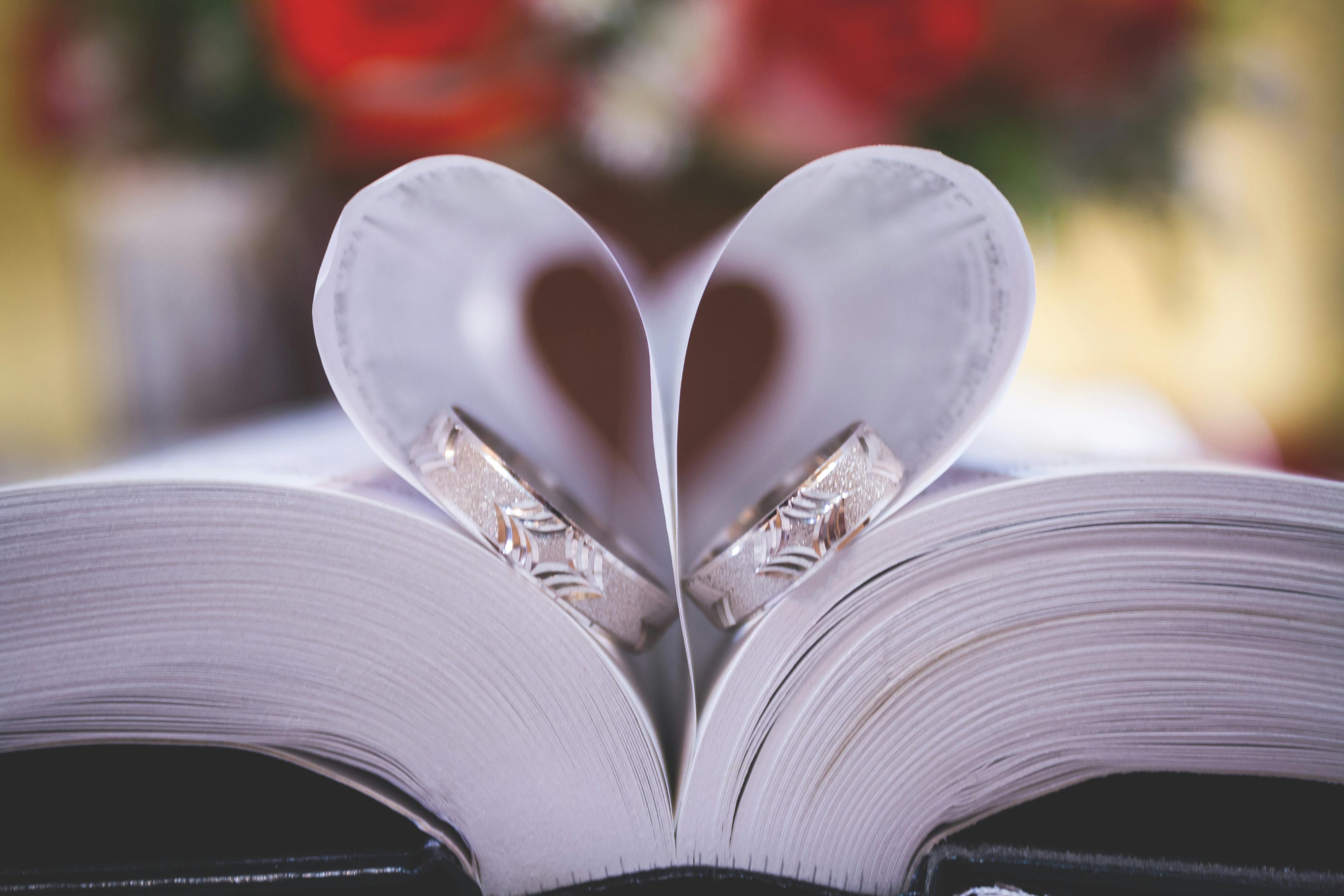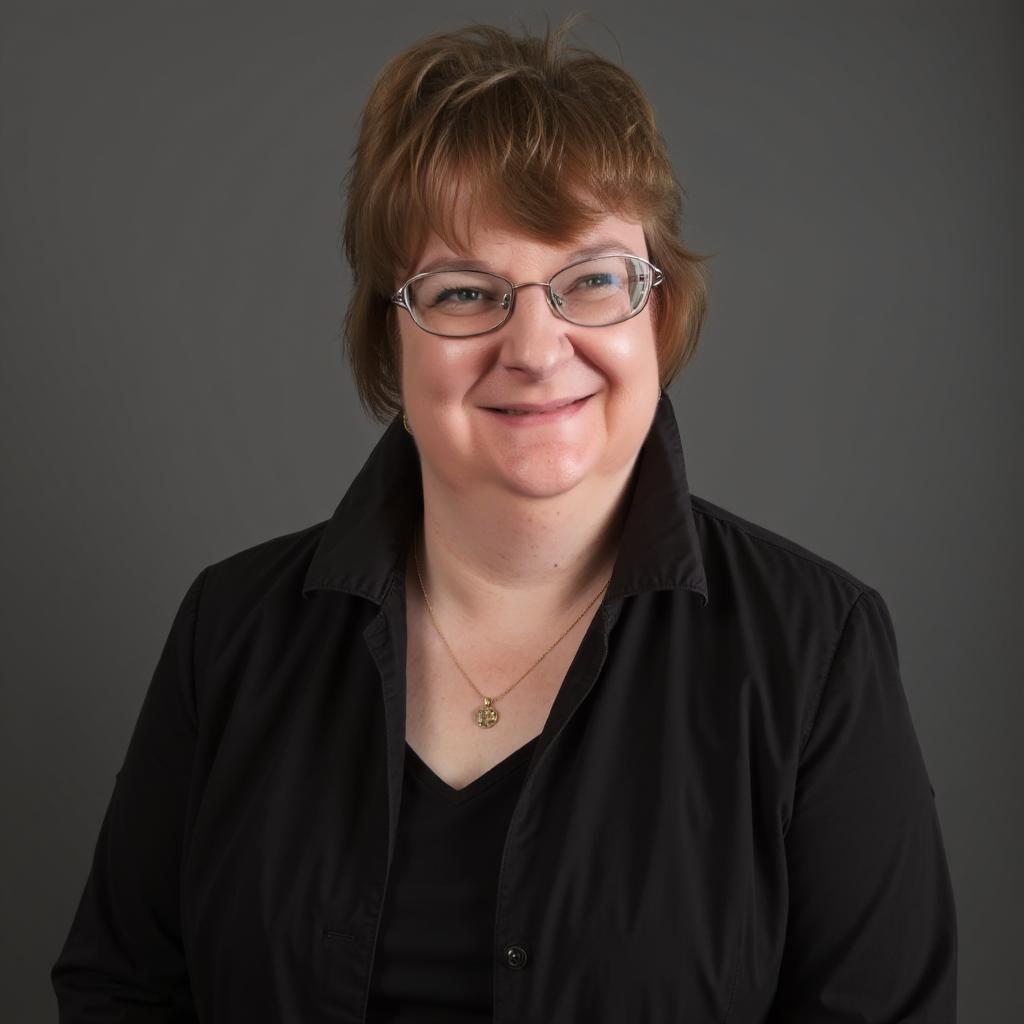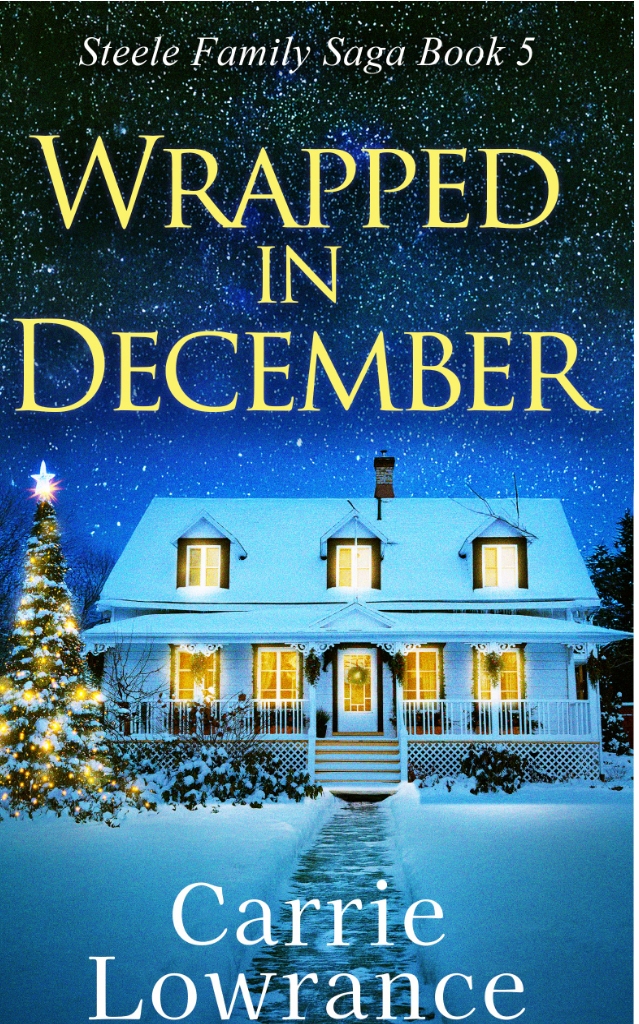What is the History of Clean Romance Stories?

Today I wanted to dive into the history of clean romance stories. Where did they originate? How does clean romance set itself apart? How have cultural shifts impacted the genre? What role do publishers play in clean romance? Who are some of the top clean romance authors? How does clean romance intersect with other genres? And what is the future of clean romance?
Origins of Romance Literature: A Historical Overview
Romance books have captured the imaginations of readers for centuries, inviting them into worlds filled with love, adventure, and the complexities of human relationships. This genre has evolved over centuries, influenced by cultural, social, and historical factors.
Ancient Beginnings: Myths and Epics
Romance literature goes all the way back to ancient civilizations, where love stories intertwined with mythology and epic narratives. Some examples include:
Mesopotamian Literature: The "Epic of Gilgamesh" (circa 2100 BC) features themes of friendship and love, showcasing the complexities of human emotions, even in epic tales.
Greek Mythology: Stories like Orpheus and Eurydice illustrate the profound connections between love and loss, exploring the depths of passion and despair.
Roman Literature-Stories like Ovid’s "Metamorphoses" (8 AD) and the tales of love and warfare in Virgil’s "Aeneid" highlight romantic entanglements in a mythic context.
These early narratives laid the groundwork for love stories, introducing archetypes and themes that would recur throughout history.
The Medieval Era: Courtly Love and Chivalry
The concept of romance took a more defined shape during Midieval times, particularly within the context of chivalric literature. The notion of "courtly love" emerged, characterized by idealized and often unattainable relationships, primarily between knights and noble ladies. The key developments of this era include:
Troubadours
In the 12th century, troubadours in France began composing lyric poetry celebrating courtly love, blending emotional depth with musical expression. These works formed the foundation for romantic poetry and influenced later literary forms.
Arthurian Legends-The tales of King Arthur and his knights, especially those involving Lancelot and Guinevere, portrayed the intersection of love and heroism. Stories portraying romantic ideals against a backdrop of adventure, loyalty, and betrayal were common in these stories.
Classic works like Chrétien de Troyes's "Lancelot, or the Knight of the Cart" and "Perceval, or the Story of the Grail" solidified the genre’s place in medieval literature.
The Renaissance: Humanism and New Perspectives
The Renaissance period (14th to 17th centuries) brought about a resurgence in interest in classical antiquity and a new exploration of human emotion. Literature of this era included:
Petrarchan Sonnet-Inspired by the works of Petrarch, sonnets became a popular poetic form, focusing on themes of love and beauty. This poetic structure influenced Shakespeare, who would later elevate romantic literature further.
Prose Romances-: Novels began emerging, reflecting the complexities of love and relationships. Books like "The Golden Ass" by Apuleius and *Don Quixote* by Miguel de Cervantes are examples of the first romance novels.
These stories reflected changing attitudes towards love, moving from courtly ideals to more personal and intimate portrayals.
The 18th and 19th Centuries: The Rise of the Novel
The 18th and 19th centuries brought a significant change in romance literature, primarily through the rise of the novel as a dominant literary form. Romanticism, a cultural movement emphasizing emotion and individualism, further shaped the genre. Key developments included:
Romantic Novel-: Authors like Jane Austen, one of the most popular romance authors of all time, explored the intricacies of romantic relationships, highlighting societal constraints and personal growth. Austen's "Pride and Prejudice" is a fantastic example.
Victorian Sentimentality: The Victorian era saw the proliferation of sentimental novels, which emphasized moral didacticism and emotional struggle. Writers such as Charles Dickens and George Eliot incorporated love stories that often reflected the era's social realities.
This period showcased romance stories like we read today, celebrating emotional complexity and giving voice to diverse female perspectives.
The 20th century witnessed the explosion of romance literature into various subgenres, driven by cultural shifts and changing societal norms. Important trends include:
Pulp Romance-The post-World War II era saw the rise of pulp novels. Pulp romance characterized by escapism and sensational plots. Author Barbara Cartland popularized formulaic romance stories that captivated a wide audience.
Contemporary Romance-With the emergence of modern feminism, romance literature began to explore themes of autonomy and empowerment. Authors like Nora Roberts and Julia Quinn brought depth to their characters, balancing romantic escapades with personal agency.
Diverse Voices- The late 20th century marked a significant shift towards inclusivity, with authors from varied backgrounds weaving their cultural narratives into romance literature. This diversification contributed to a richer, more varied portrayal of love and relationships.
Defining Clean Romance: What Sets It Apart?
In the world of books, romance is a genre that stands the test of time, enchanting readers with its tales of love, desire, and emotional connection. Within this broad category lies a subgenre known as "clean romance." Though the definition of clean romance might vary among readers and authors, it primarily focus is on stories that prioritize wholesome relationships, character depth, and emotional intimacy, often devoid of explicit content.
The appeal of clean romance isn't just the storylines, it's also the way the characters interact and relate to each other and how their relationships develop. No hopping into bed and then building a relationship here. Actually, no hopping into bed at all. Those of us who write clean romance focus on things like character growth, meaningful dialogue, and exploring deeper emotional struggles versus the main focus of a physical relationship like in other romance genres.
The Rise of the Clean Romance Genre in the 20th Century?
As we know, the foundations of clean romance can be traced back to the early 20th century, when societal norms began to shift. The Victorian era had set a precedent for modesty and restraint in literature, and as the world transitioned into the roaring twenties, the notion of romance began to evolve. During this time, emerging new authors such as Georgette Heyer, who popularized the Regency romance, laid the groundwork for a genre that celebrated the lighter, romantic aspects of life without venturing into controversial territories.
During the 1940s and 1950s, clean romance gained traction as America faced cultural upheavals during and after World War II. Clean romance provided a means of escape, allowing readers to immerse themselves in idealized love stories that contradicted with the harsh realities of the time. Authors produced novels that featured strong, principled characters overcoming adversities while preserving moral integrity, aligning with the family-centered values promoted during this era.
Cultural Shifts and Their Impact on Clean Romance
In an era marked by social upheaval and uncertainty—such as political polarization, economic instability, and global crises—people gravitate toward media that offers comfort and a sense of security. Clean romance fills this void, allowing readers to escape into stories of love, friendship, and positivity without the distractions of graphic content. The rise of social media platforms and streaming services gives people access to a broader array of clean romance novels and films, further popularizing the genre.
Cultural shifts surrounding gender roles and relationships have profoundly influenced clean romance. As society progresses towards gender equality, traditional romance tropes are being reexamined and redefined. Female characters are portrayed as strong, independent, and multidimensional. They have more going on beyond mere romantic interests, having their own goals, careers, and personal growth.
Male characters are evolving as well. Men are often depicted as sensitive and nurturing rather than solely dominant figures. This nuanced portrayal aligns with societal values that champion emotional intelligence and respect in relationships, reflecting a more comprehensive understanding of love and partnership.
Another significant cultural shift affecting clean romance is the growing demand for representation. Readers are eager to see themselves reflected in the stories they consume, and want a broader range of characters in terms of race, ethnicity, sexual orientation, and socioeconomic backgrounds. Clean romance has grown into a medium for diverse storytelling, allowing for cultural narratives that resonate with a wider audience.
This shift enhances the richness of the genre, encouraging writers to explore different cultural contexts, traditions, and experiences. This genre features stories from varied perspectives that appeal to the contemporary landscape of relationships and love.
The Role of Publishers in Promoting Clean Romance
Publishers act as gatekeepers in the literary world, selecting which manuscripts to bring to market. In clean romance, this involves actively seeking out works that align with the genre’s standards. By curating content that fits within the clean romance parameters, publishers help readers sift through the overwhelming array of options and find stories that resonate with their preferences.
Editorial staff play an essential role in this process, reviewing submissions, providing feedback, and guiding authors in refining their narratives to fit the clean romance model. This curation process not only strengthens the genre but also ensures a consistent quality that readers can trust.
Once a manuscript is selected, publishers are responsible for marketing it effectively. This includes creating eye-catching cover designs, crafting compelling synopses, and leveraging a variety of promotional strategies to reach the target audience.
To promote clean romance, publishers often focus on platforms that cater to readers specifically seeking wholesome content. This could involve partnering with bloggers, influencers, and online communities that emphasize clean literature. By highlighting the stories, showcasing author interviews, and participating in genre conventions, publishers can elevate the visibility of clean romance titles.
Iconic Clean Romance Authors and Their Contributions
Liz Isaacson
Liz Isaacson has made her mark in the clean romance world. She writes cozy, inspirational romances about cowboys with uplifting themes like hope, healing, and second chances. Her books Tex and Otis from her Coral Canyon Cowboys are on my TBR pile. Other popular series by her include her "The Cowboy's E-Mail Order Bride."
Debbie Macomber
Debbie Macomber is one of my favorite authors, and I have loved her books since reading This Matter of Marriage. Her novels are the perfect clean romance full of family, faith, friendship, and heart. She has published dozens of books and is known as "The Queen of Christmas" with her warm, holiday stories. Having over 200 million of her books sold globally, she is definitely an icon.
Karen Kingsbury
Karen Kingsbury is another favorite author of mine. Her story inspires me in that she started writing for the college newspaper, as did I. Like her, I didn't start my author career writing clean romance, I started out by writing poetry books and then pivoted to children's books before officially pivoting to romance.. (She started out writing true crime books.) Even though she had trials, she still kept writing and look where she is now. With 25,000 million copies of her books in print, TV movies made from her books, and most recently, her own movie production company, Karen is definitely an icon.
I love her books because the characters are real and go through real life trials and tribulations but always find answers in God, family, and faith. This is how I hope my readers feel when they read the Steele Family Saga.
The Emergence of Clean Romance in Digital Publishing
In recent years, the digital publishing landscape has undergone a significant transformation, giving rise to diverse genres and sub-genrlean romance has emerged as a popular and thriving category, appealing to a wide range of readers looking for heartwarming, feel-good stories without explicit content.
Digital platforms have transformed the way readers access books. E-books and audiobooks allow ease of access to a wide variety of clean romance titles, making it possible for readers to find exactly what they are looking for with just a few clicks. The affordability of digital books allows more readers to explore clean romance as well.
The Intersection of Clean Romance and Other Genres
Just because you like clean romance doesn't mean that it can't overlap with other genres. For example, when I was younger, I enjoyed reading stories from the Love Inspired Suspense line of books. They are clean and wholesome romances with suspense and mystery mixed in. Whatever your tastes are, you are bound to find a clean romance to suit you. Other genres that have been mixed with clean romance include:
Clean Romance and Historical Fiction-One intersection of clean romance is with historical fiction. By transporting readers to different eras, this blend offers a romanticized yet informative glimpse into the past. Authors often weave social norms and cultural details into their narratives, highlighting the challenges lovers faced because of societal expectations or historical constraints. Julie Klassen and Sara Eden are popular authors in this genre.
Clean Romance and Fantasy-The fantasy genre presents a rich tapestry for clean romance to flourish. With imaginatively constructed worlds, magic, and supernatural elements, authors can explore love in extraordinary settings without explicit content. "The Heir Chronicles" by Cinda Williams Chima and "The Knowing" series by Jo Beverley are good places to start.
Clean Romance and Mystery/Thriller-The intersection of clean romance with mystery and thriller genres invites an intriguing blend of suspense and tension. These stories often place characters in high-stakes situations where romance develops alongside suspenseful plots. Terri Blackstock is a popular author in this genre.
Clean Romance and Science Fiction-In the realm of science fiction and clean romance allows readers to explore futuristic worlds or alternative realities without the unsavory content The focus remains on themes such as technology's effects on relationships, love across the cosmos, or companionship on distant planets. Author Becky Chambers who writes the "Wayfarers" series is popular in this genre.
Clean Romance and Contemporary Fiction-Contemporary fiction often serves as a backdrop to clean romance, portraying modern-day scenarios where love flourishes amidst everyday challenges. This intersection resonates deeply with readers looking for relatable stories that explore genuine emotions. Authors Brooke St. James, Jessie Gussman, and Alexa Verde are popular authors in this genre. Even though Jessie and Alexa write more cowboy romances, the settings are always contemporary.
Modern Trends in Clean Romance: What Readers Want
- Diverse Representation
- Emotional Depth and Character Development
- Emphasis on Friendship and Platonic Relationships
- Themes of Faith and Values
The Future of Clean Romance: Predictions and Possibilities
The future of clean romance is looking bright as it grows and evolves.
Expanding Audience Demographics-Clean romance appeals to readers of all ages, backgrounds, and cultures who want stories without explicit content.
Increased Interest from Diverse Audiences-Clean romance is likely to attract a more diverse readership because authors from varied backgrounds bring fresh perspectives, leading to more intersectional narratives that reflect modern, multicultural experiences of love.
Young Adult and New Adult Growth-Younger readers, particularly those in the YA and NA categories, are driving the clean romance demand. With their focus on relatable experiences and emotional growth, these age groups will significantly influence the genre.
Incorporating Modern Themes-The clean romance genre is adapting to contemporary themes that resonate with readers today. Several key themes are emerging in clean romances that reflect societal shifts:
Empowerment and Independence-A rising trend in clean romance features strong, independent characters—women and men alike—who navigate their love lives while maintaining their agency. These narratives showcase romantic relationships as partnerships that enhance personal growth without sacrificing individuality.
Environmental and Social Awareness-Readers are increasingly drawn to stories that center around sustainability, activism, and social justice. Clean romances that weave these themes into their plots not only showcase romantic relationships, but also highlight the importance of cause-driven narratives. These stories include protagonists working together to make a positive difference in their communities while fostering love and connection.
Audiobooks and Podcasts-With the growing popularity of audiobooks and serialized storytelling via podcasts, clean romance will find new life in these formats. This immersive experience ensures that romance remains accessible to a wider audience while satisfying the desire for emotional, heartwarming tales.
Digital Expansion-The growth of e-books and digital distribution reduces the need for physical copies while offering a greener alternative. By being available on different platforms (Amazon, Kobo, B&N) readers can enjoy romance on their favorite device from their favorite retailer.
In conclusion, the history of clean romance is a rich and evolving narrative that reflects broader societal changes, cultural values, and the shifting preferences of readers. Clean romance has gained popularity as a subgenre that prioritizes wholesome relationships, emotional connections, and the importance of personal growth without the explicit content often found in mainstream romance. When you pick up a clean romance, get ready for a refreshing, emotional, heartwarming read.
.png)

